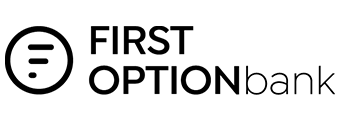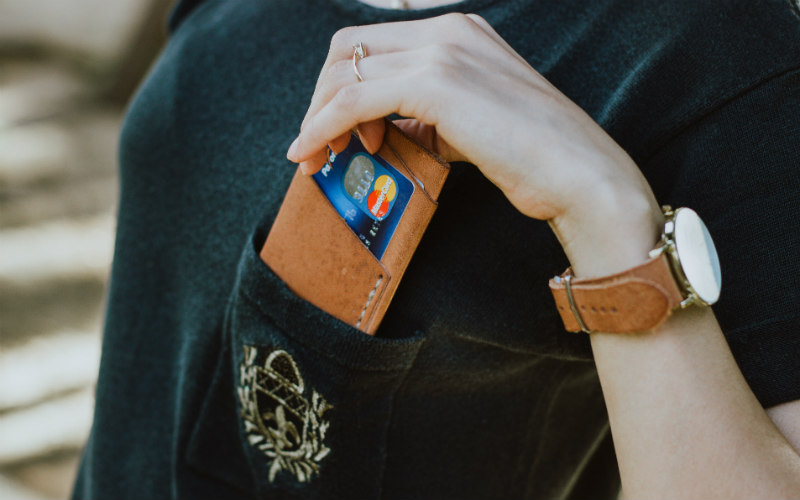The latest Australian Bureau of Statistics (ABS) household impacts survey found paying household bills was the most common use of the JobSeeker Coronavirus Supplement (67%) and the JobKeeper Payment (78%).
Need somewhere to store cash and earn interest? The table below features savings accounts with some of the highest interest rates on the market.

- Bonus variable rate for the first 4 months on balances up to $250k and high variable ongoing rates.
- No fees and no monthly requirements to earn interest.
- Easily open an account online in 3 minutes.
JobSeeker payment use
According to the ABS' data, one in 11 Australians (9%) reported receiving the JobSeeker payment in November - other data shows there is around 1.5 million still on the payment.
Of these Australians, paying household bills was the most commonly reported use at 67%, followed by purchasing household supplies like groceries (63.3%), and paying mortgages and rent (38.9%).
Other popular uses of the JobSeeker stimulus included paying for medical services (26.1%), saving it (26.3%) and paying down credit card and personal debt (19.1%).
[Read: Income support measures saved millions from poverty in 2020]
The latter two are supported by other data: Australia's household savings ratio skyrocketed to 19.8% in June off the back of JobKeeper and increased JobSeeker, while recent Reserve Bank data showed Australians reduced their overall credit card debt by almost 24% nationally since March.

According to the data, only 14.9% reported using their JobSeeker payment on discretionary items like clothing and footwear and 17.5% on recreational activities.
When asked what their main use of the supplement was, 31% reported mainly using the payment on household bills and 26% said household supplies and groceries.
The JobSeeker coronavirus supplement is currently $250 per week, and is decreasing to $150 in January before reverting to the old Newstart rate in April.
[Comment: Just how much should JobSeeker be increased by?]
Queensland has the most JobSeekers
When broken down by state, the sunshine state was also the JobSeeker state, with JobSeeker recipients accounting for 12% of all people living in Queensland.
One in ten (10%) Victorians and South Australians were on JobSeeker, while this figure was 8% for Western Australia.
In New South Wales, Tasmania, Northern Territory and Australian Capital Territory, JobSeeker recipients made up only 6% of the population.
JobKeeper payment use
The JobKeeper payment meanwhile, introduced to keep people employed and businesses open through shutdowns, was also widely used and successful.
As many as 14% of Australians were on JobKeeper in September, while the latest November data shows one in 17 (6%) are still getting it from their employer.
Paying household bills (78%) was the most commonly reported use of the JobKeeper Payment, followed by household supplies (groceries) at 63% and mortgage or rent payments (54%).
A higher portion of JobKeeper recipients used their stimulus cheques to pay off debts compared to JobSeekers, with 24% reporting doing so.
Around one in five (22%) used it to pay for medical services, 16.5% reported saving some of it, and 15.4% used it to pay for clothing and footwear.

Almost a third (31%) of JobKeeper recipients mainly used the subsidy for household bills (when asked to pick their biggest expenditure), and 26% used it for household supplies.
JobKeeper vs JobSeeker: What were stimulus payments used on?
JobSeeker |
JobKeeper |
|
Household bills |
67.4% |
78.1% |
|---|---|---|
Household supplies/groceries |
63.3% |
62.6% |
Mortgage/rent |
38.9% |
54% |
Savings |
26.3% |
16.5% |
Medical services or supplies |
26.1% |
22.6% |
Credit card/personal debt |
19.1% |
24.6% |
Clothing/footwear |
14.9% |
15.4% |
Recreation/leisure |
17.5% |
13.7% |
Furnishings/household equipment |
7.7% |
2.8% |
The proportion of people receiving the Coronavirus Supplement who reported using the payment for each item in the last four weeks. Source: ABS.
Incomes not higher for those on JobKeeper
Most people reported lower incomes while on JobKeeper, with 72% (nearly three-quarters) saying so.
One in five (20%) reported the same or similar incomes, while only 9% received more income than usual.
Economic modelling undertaken for the Australian Housing and Urban Research Institute (AHURI) in November found the combined JobKeeper and JobSeeker payments spared half a million households from housing affordability stress.








 Denise Raward
Denise Raward

 Harry O'Sullivan
Harry O'Sullivan
 Emma Duffy
Emma Duffy
 Alex Brewster
Alex Brewster
